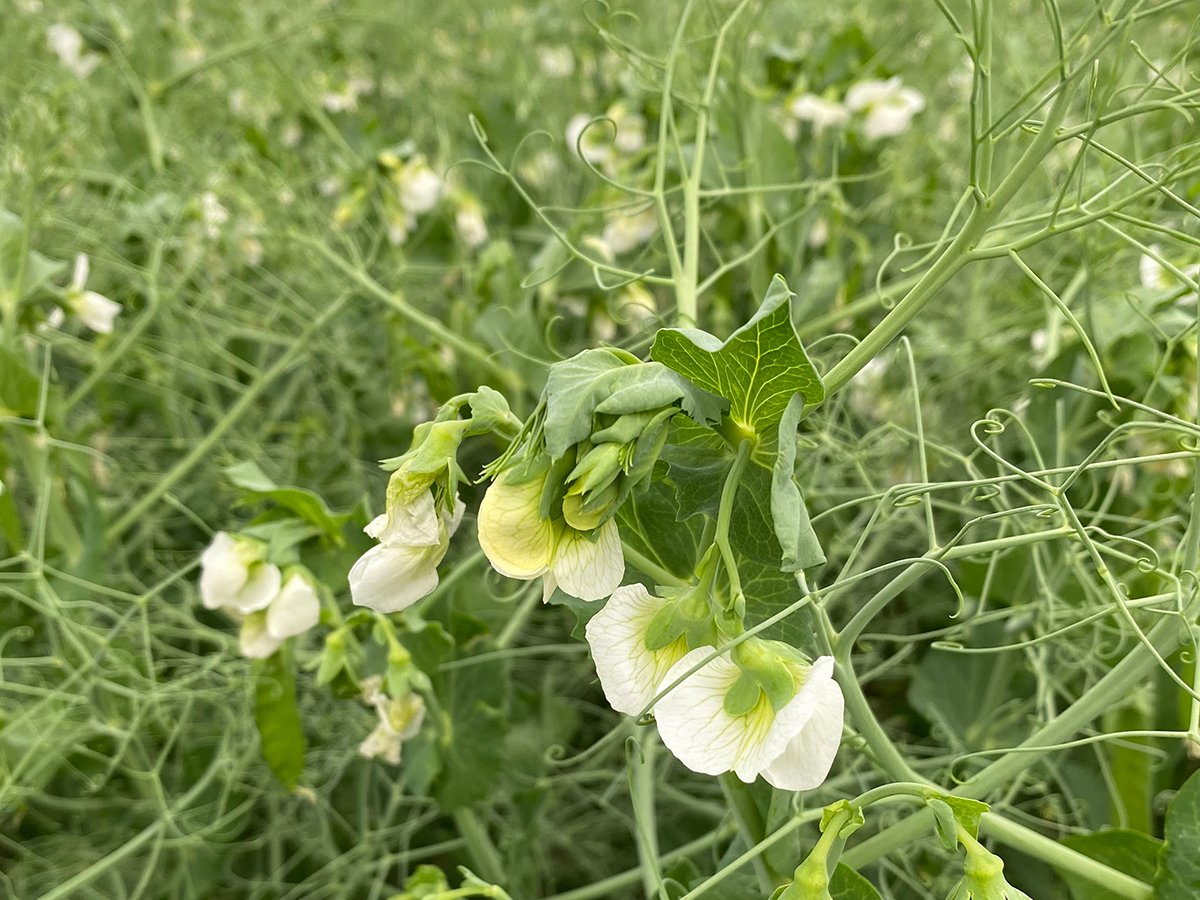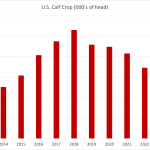Soggy conditions in the U.S. Midwest remind analysts of 2002, when excessive moisture delayed emergence, leading to much smaller corn yields.
A cool, wet spring continued last week when widespread rain covered the western corn belt with eight to 25 millimetres, with some areas getting 100 millimetres or more.
“It’s a dire situation for much of the northwest and central Midwest corn belt,” said Joe Victor, vice-president of marketing with Allendale Inc., one of the largest commodity research advisory firms in the United States.
Sixty percent of the corn crop was in good to excellent condition as of June 8, compared to 77 percent a year earlier and 89 percent had emerged compared to 98 percent a year ago.
Read Also

Pulse fractionation business expected to soon get a boost
Louis Dreyfus Company will soon be producing pea protein isolate at its new plant under construction in Yorkton
Crop development is two to three weeks delayed, which means the crop will reach peak pollination in the yield-sapping heat of late July and August.
An estimated three to five percent of the crop has been replanted in the western corn belt and two to three percent in the eastern corn belt. The crop should be in the ground by May 15, so the late-seeded corn comes with a substantial yield penalty.
Victor said conditions are strikingly similar to 2002 when corn yields fell to 127.2 bushels per acre by October from 137.9 bu. forecasted in May.
Allendale has analyzed what will happen to corn production if the 2008 crop experiences the same magnitude of acreage and yield loss that occurred in 2002. The result is a 278 million tonne crop, down from May’s USDA projection of 307 million tonnes.
A tonnage reduction of that magnitude would be akin to losing Canada’s wheat, durum and oat crops.
“It is an extreme year,” said Victor.
If Allendale’s forecast is accurate, it will have a price-boosting impact on most major crops grown in Canada, said John Duvenaud, analyst with Wild Oats Grain Market Advisory.
“Corn is going to have to go to a price where it can be imported from Argentina, which is like $9 per bushel,” he said.
On June 9, December new crop corn futures closed at $6.85 US per bu., boosted to the record level by rain over the weekend and a forecast for more moisture this week.
Duvenaud has been through North Dakota, where a corn crop that should be “growing to beat the band” is “just sitting there.”
Rising corn prices will support other crops, including wheat, soybean and canola, but the impact won’t be as direct or immediate as it is with other coarse grains like barley and oats.
“I don’t know what they’re going to be, but they’re definitely going to be stronger than they are now,” he said.
Allendale hasn’t conducted a similar analysis about how the wet weather will affect soybeans because June is the prime time to plant soybeans, so flooded crops can be reseeded without a big yield drop. But if it stays wet for another two weeks, the firm will start lowering its soybean number.
One Iowa agronomist already predicts 30 to 40 percent lower soybean yields in that state. Other analysts say development is a week or two behind normal, raising concerns about the crop reaching maximum yields.
To reconcile corn demand with the new supply scenario, use will have to be trimmed in one of three places – feed, food or fuel.
The USDA is helping take the pressure off the feed side by opening up 24 million acres of Conservation Reserve Program land for haying and grazing. But Victor said farmers will only be able to use that land after the bird nesting season in late August or early September.
He believes additional rationing will be necessary and that will most likely come from the ethanol sector. The USDA has penciled in 100 million tonnes of corn for biofuel, which would be enough to produce 40 billion litres of ethanol.
Victor believes the USDA will adjust that forecast, maybe not in the June 10 World Agricultural Supply and Demand Estimates report but perhaps closer to the time of crop pollination.
The U.S. renewable fuel standard calls for 34 billion litres of ethanol production in 2008. He expects USDA to scale demand back to that level, saving 16.4 million tonnes of corn.















